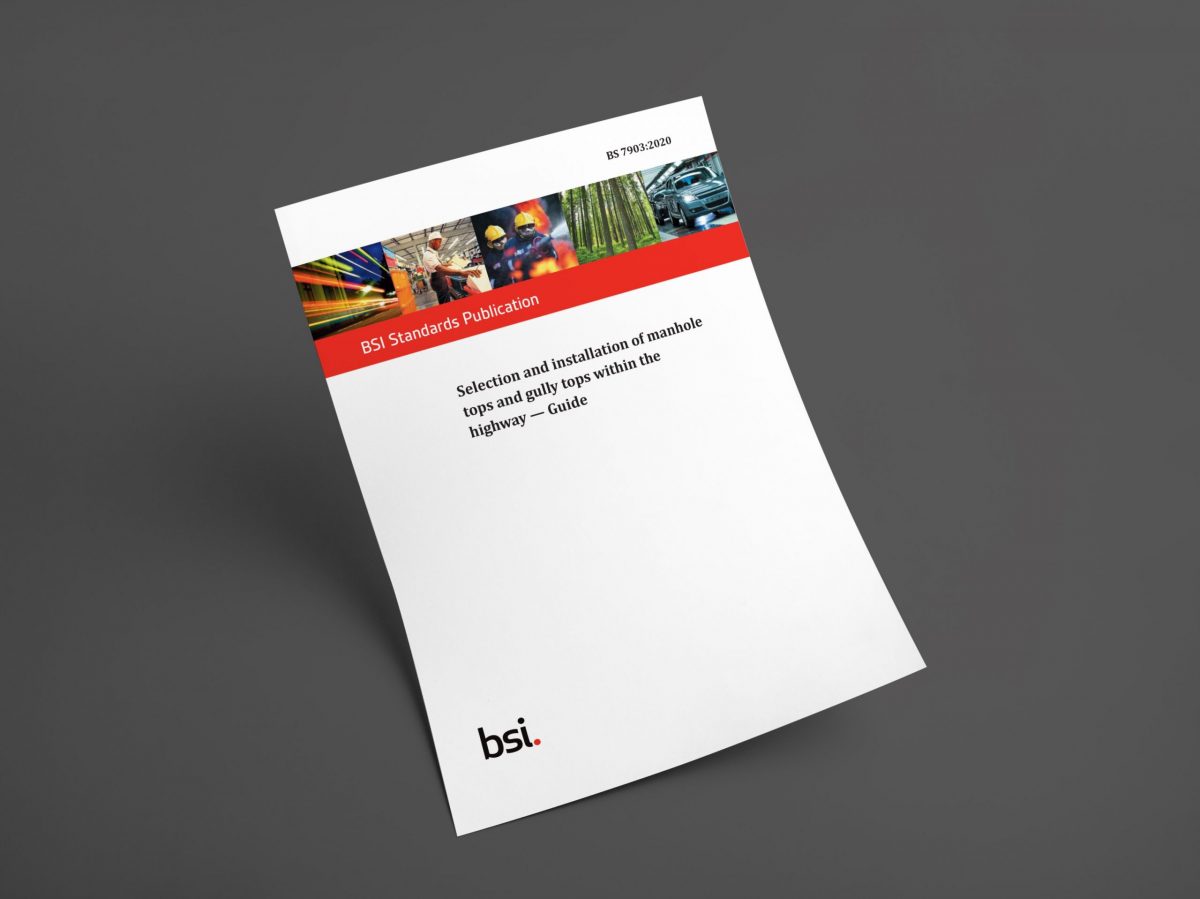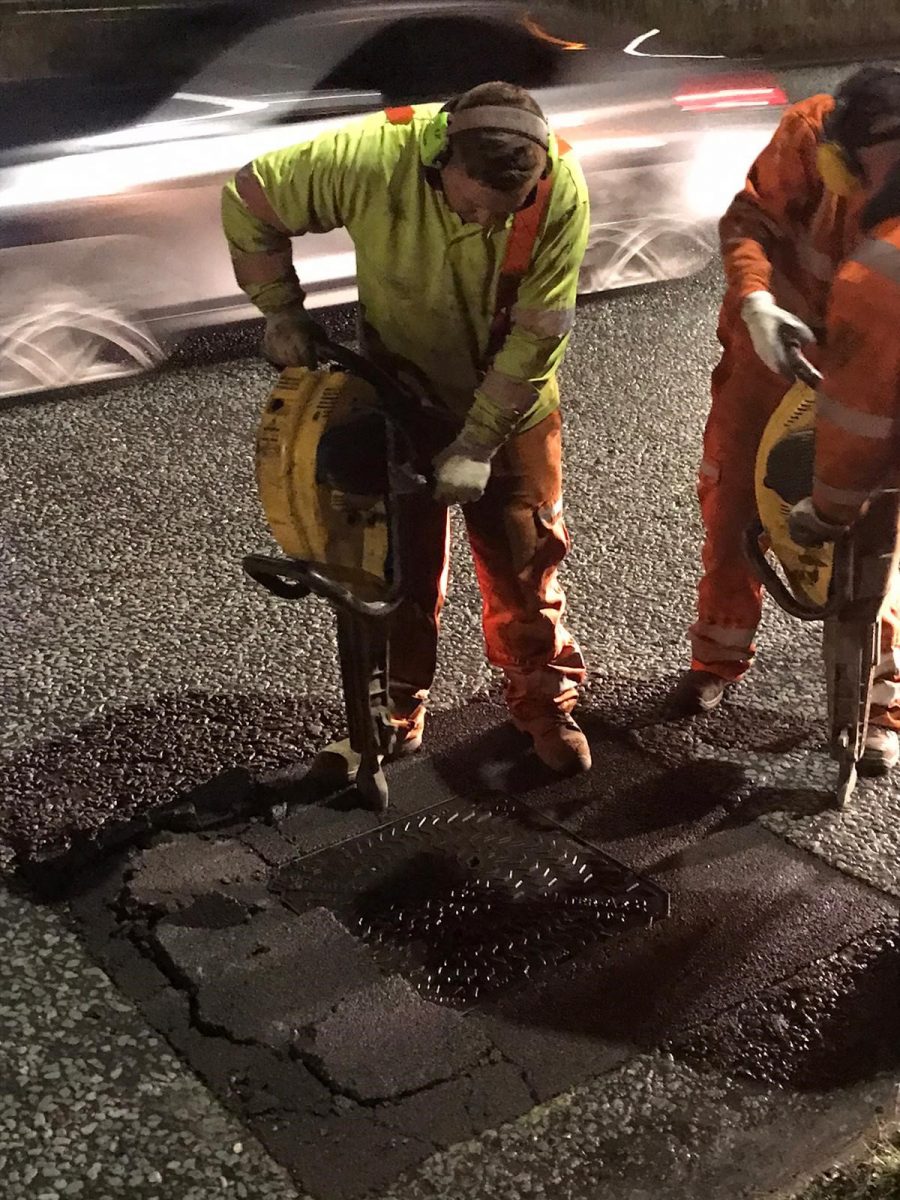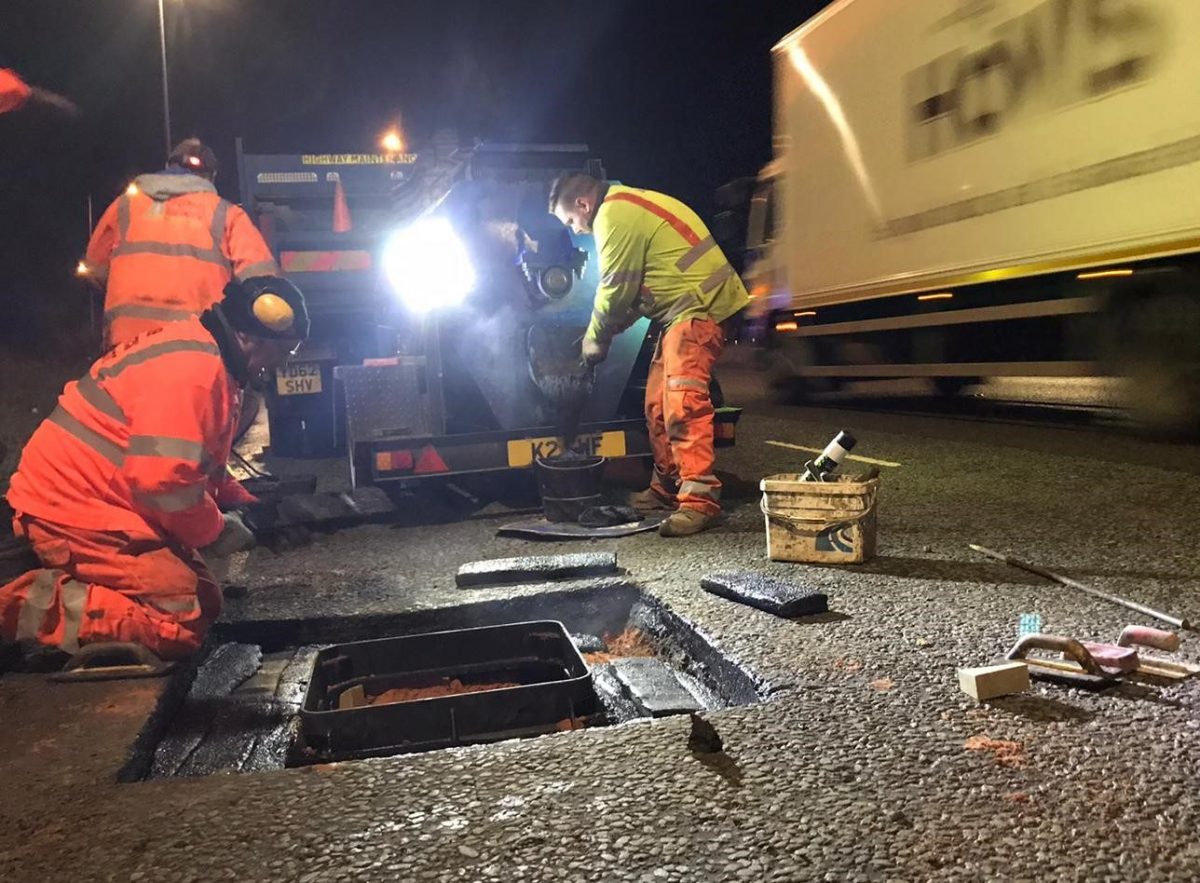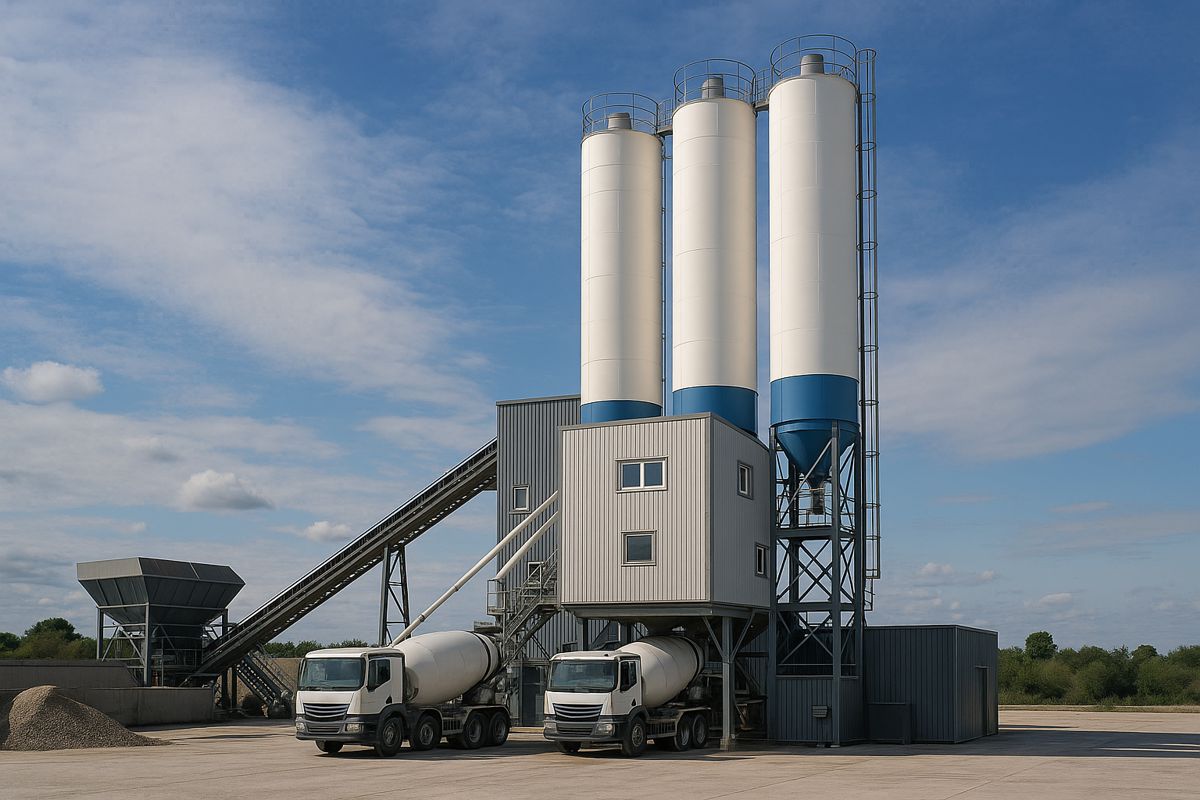BS7903 2020 – Ensuring a safe and durable Ironwork Installation
BS7903:2020 provides guidance for the selection and installation of manhole tops and gully tops conforming to BS EN 124:2015, as well as other components and materials, to help form a safe, durable, maintainable installed system for highways.
Barry Turner, Technical Manager at Wrekin Products, discusses the reason for the introduction of BS7903:2020 and highlights the details that readers need to aware of:

Why was there a need for BS7903:2020?
With the publication of BS EN124:1994 “Gully Tops and Manhole Tops for Vehicle and Pedestrian Areas” and the simultaneous withdrawal of its UK-dedicated predecessor BS497, the UK market believed that there was a need to derive an advisory British-only standard which could adequately bridge the difference and perceived deficiencies between the new BS EN124 and old BS97.
The result was BS7903:1997 which became the advisory standard and included prescriptive information to guide UK manufacturers and specifiers alike.
Coincident with the release of BS7903, came the publication of a co-sponsored Highways England and University of Nottingham research report, which presented a long-awaited scientific basis for more-effective chamber/gully top construction and design. The findings from this research project provided the foundation for derivation of subsequent Highways Agency DMRB chamber top and gully top-related advice notes, such as HA104/02 & 09.
With the release of HA104/02 (with 09 to follow) with its respected pedigree, conflicting BS7903:1997 advice became generally superfluous as the HA document addressed those topics in a more effective way, as well as including foundation advice.
However, BS7903 still remained as the important reference document for chamber/gully top design features such as lifting key and keyways and frame flange web/gusset profiles, which BS EN124 contained no provision for.
Since the release of the Highway Agency’s chamber top related documents, further WRc research crucially identified that foundation issues were the main cause of premature highway installation failure, and that these issues were strongly influenced by chamber/gully top design features and the foundation materials that were selected to operate in conjunction with them.
Further service experience of improved product design, installation materials and practice has served to identify other previously unacknowledged factors involved in premature installation failure. Narrative on this has now been provided within the latest revision of BS7903:2020 and is just one of the reasons for its introduction.

What does BS7903:2020 cover?
BS7903:2020 also expands on EN124 and highlights the need to consider pre-service loads (such as site construction traffic), frame designs that incorporate bedding-sympathetic features, installation materials suitability and compatibility, in-service dynamic forces imparted by traffic leading to potential seating wear, and limiting frame bearing pressure.
This 2020 Standard also removes the discrepancy that existed between the 1997 version and Highways England’s Advice Note HA104/09 in relation to frame flange dimensions where the Highways Agency took account of published research in establishing effective flange widths.
The table below summarises some of the key points of BS7903:2020 in relation to BS7903:1997:
| Subject | BS7903:1997 | BS7903:2020 | How this relates to products offered by Wrekin: |
| Third Party Certification | Refers to EN 124:1994 requirement for third party certification, recommends the third party should be accredited by UKAS | Consider the desirability of
obtaining third-party certification of conformity with BS EN 124 |
Wrekin first to be BSI Kitemarked to BS EN 124 |
| Classification and Place of Installation | Repeats EN 124 | Introduces pre-service loads e.g. construction site traffic and consideration of protection | Wrekin ClickLift and Armadillo products mitigate issues from construction site traffic |
| Coatings | Highlights that short-term coatings offer no lasting product enhancement and surface oxidization of cast iron is not detrimental | Enhances 1997 and recommends consideration of the effect of short-term coatings on paving surrounds | |
| Installation Materials | No detail | Consider workability, mechanical characteristics (e.g. compressive/tensile/flexural strength and fracture toughness), water absorption, thermal expansion and contraction, profile/shape sensitivity and chemical characteristics of bedding and packing materials. Also consider compatibility of materials | Wrekin UniPak plates and mortars take these factors into account |
| Frame Bearing Area, Pressure and Flange Width | Warns against small bedding widths caused by narrow flanges. Suggests D400 150mm deep frames have minimum frame bedding width of 75mm | Refers to the University of Nottingham research. Warns against small bedding widths caused by narrow flanges but no suggestion that D400 150mm deep frames have minimum frame bedding width of 75mm. Refers to University of Nottingham research. Warns against narrow flanges and cites 2.1N/mm2 maximum bedding pressure and flange width range of 50-120mm. Both through Series 500, with the latter extrapolated from its HA104/09-derived mortar specification | Wrekin’s Highway and Unite products have a bearing pressure <2.1N/mm2 |
| Lifting Provisions | Where the mass of a frame exceeds 15 kg, suitable lifting holes or hooking points should be provided in the frame. These should be located to give a balanced lift | Where the mass of a frame exceeds 15 kg, suitable lifting holes or hooking points should be provided in the frame. These should be located to give a balanced lift | Wrekin’s Highway and Unite products have lifting provisions, all of which are being adapted to include the use of standard Lifting Keys for frames and covers alike. |
| Keyways | Gives dimensions | Gives dimensions and introduces ‘measures to be taken to avoid key detachment during cover lifting operations should be described’ | All Wrekin BS EN124 products contain patented safety keyways |
| Load Bearing Capacity | Not mentioned | In practice, excessively high loads or repeat (dynamic) loads (from, for example, sharp braking or turning) can cause permanent set (see 7.3) or flexing of a cover, leading to wear of seatings, requiring frequent maintenance or replacement of parts. BS EN 124‑1:2015 does not include a maximum value for deflection under load during this test, so specifiers might wish to seek advice from the cover manufacturer | Wrekin Unite has exceptionally low deflection under load |

As this overview of BS7903:2020 makes clear, it’s an important standard that assists in addressing a number of factors that previously led to installation failures which posed a safety risk as well as being a financial burden for the associated contractor and specifying authority.
Despite the attention of most businesses understandably being captured by COVID-19, it is also a good time to get up to speed on this essential standard that benefits not only those across the highways industry but road users too.




















